
Ten most popular stories from our carbon revolution series
We're four weeks into our exploration of how to remove carbon from the atmosphere and put it to use on earth and we've hit 350,000 page views! Here are the 10 most popular stories so far.
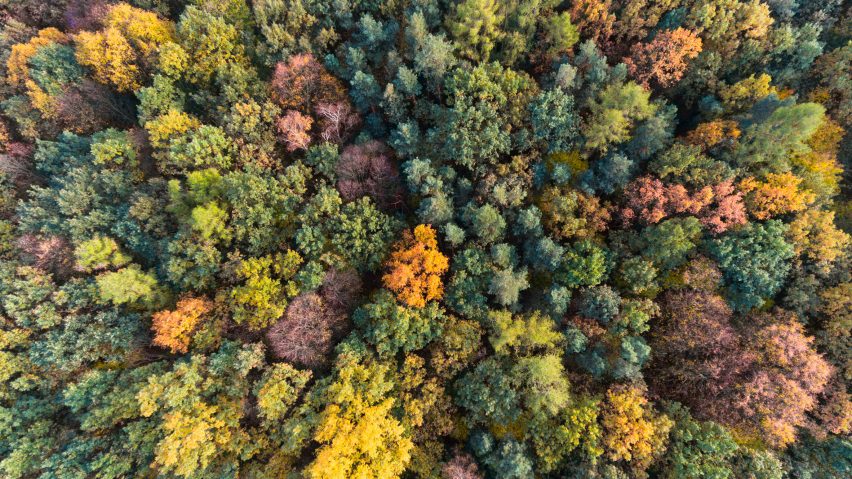
Planting trees "doesn't make any sense" in the fight against climate change say experts
A string of carbon experts have pointed out that afforestation is an unreliable way of removing atmospheric CO2 since it's hard to guarantee the forests will remain intact long enough to provide long-term sequestration.
With over 90,000 page views and 80 comments, this has been by far the most popular and controversial story of the series.
Find out more about experts views on afforestation ›
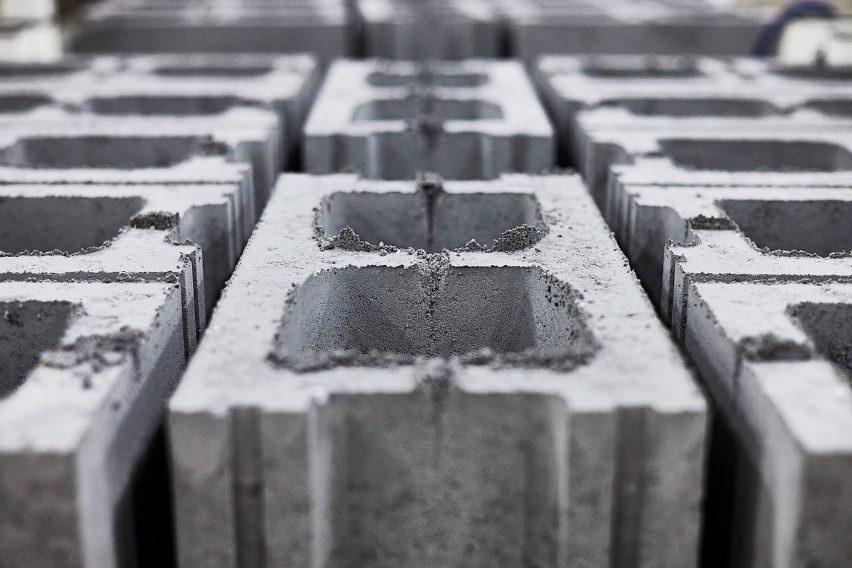
"We're CO2 out of the system" says carbon-capturing concrete maker Carbicrete
Our interview with Carbicrete CEO Chris Stern explains how cement, which is responsible for eight per cent of greenhouse gas emissions, can be turned into a carbon store rather than a carbon emitter.
Find out more about Dezeen's interview with Chris Stern ›
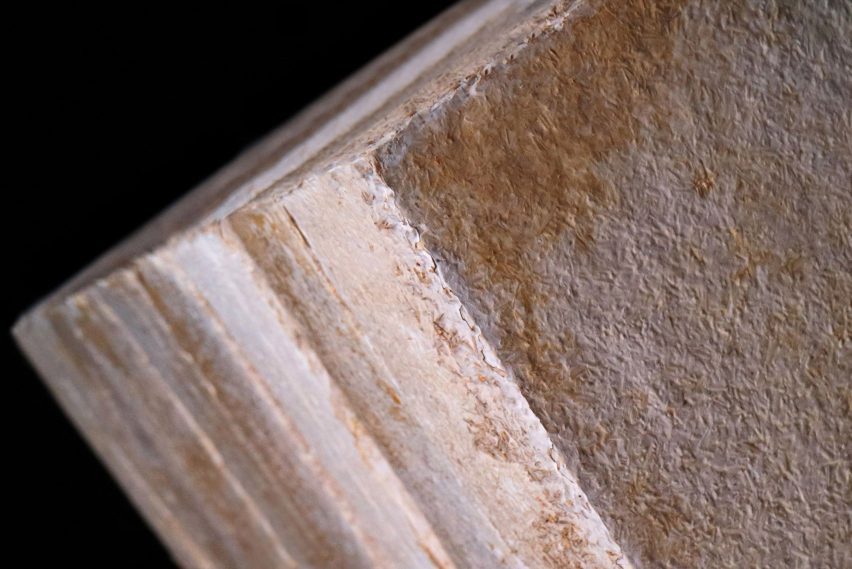
Ten materials that store carbon and help reduce greenhouse gas emissions
Our roundup of carbon-storing materials includes bioplastic, 3D-printed wood, mycelium, olivine and even food and vodka.
Find out more about our carbon roundup ›
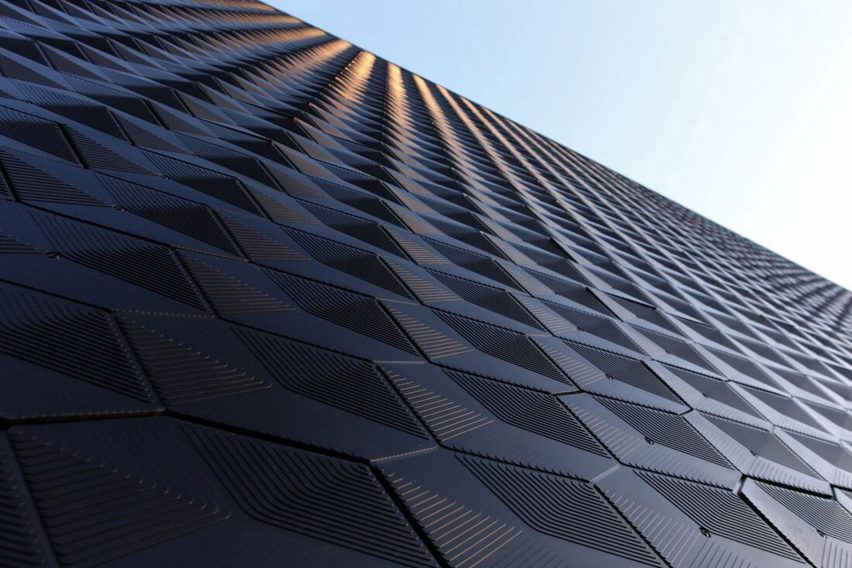
Atmospheric CO2 is "our biggest resource" says carbon-negative plastic brand Made of Air
This Dutch startup has invented a way of turning farm and forest waste into carbon-storing bioplastic, which can be used to make products and to clad buildings.
Find out more about Made of Air's bioplastic ›
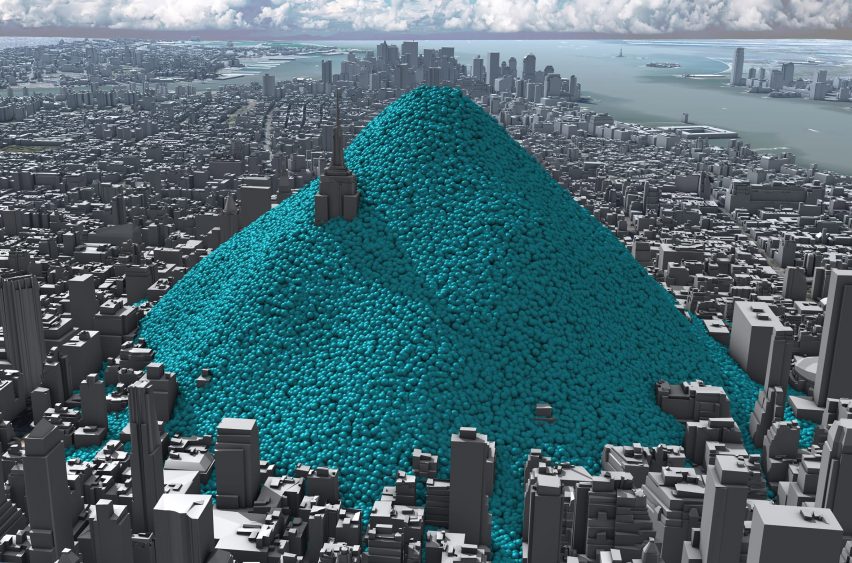
Blue bubbles helped "make the cause of climate change visible" say visualisers behind viral video
Real World Visuals, the creators of a viral video that showed New York City disappearing under a mountain of blue bubbles representing CO2 emissions, explain how they visualised the abstract concept of climate change.
Find out more about Real World Visuals' climate change visualisation ›
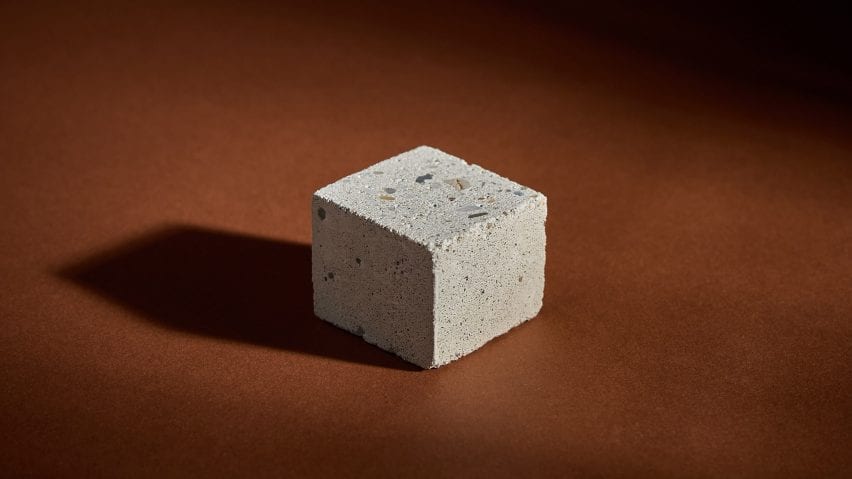
"One tonne of olivine sand can take in up to one tonne of CO2" says Teresa van Dongen
This Dutch designer has created a library of materials that can sequester carbon.
One of the most promising is olivine, an abundant mineral that can neutralise carbon dioxide equivalent to its own mass.
Find out more about Teresa van Dongen's library of materials ›
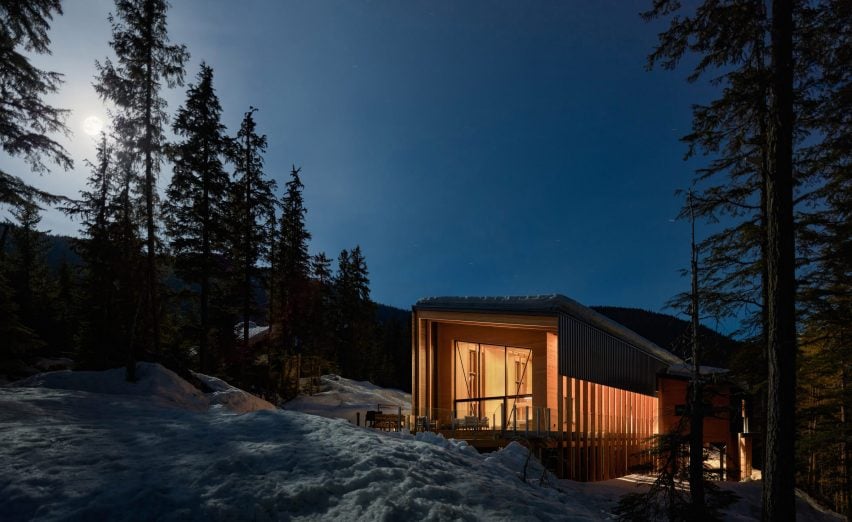
"Taking credit for trees planted elsewhere is a whole lot of embodied irony"
Architecture writer Fred Bernstein analysed claims made by Perkins & Will that their timber SoLo House is carbon negative. It isn't, he concluded.
Find out more about Fred Bernstein's analysis ›
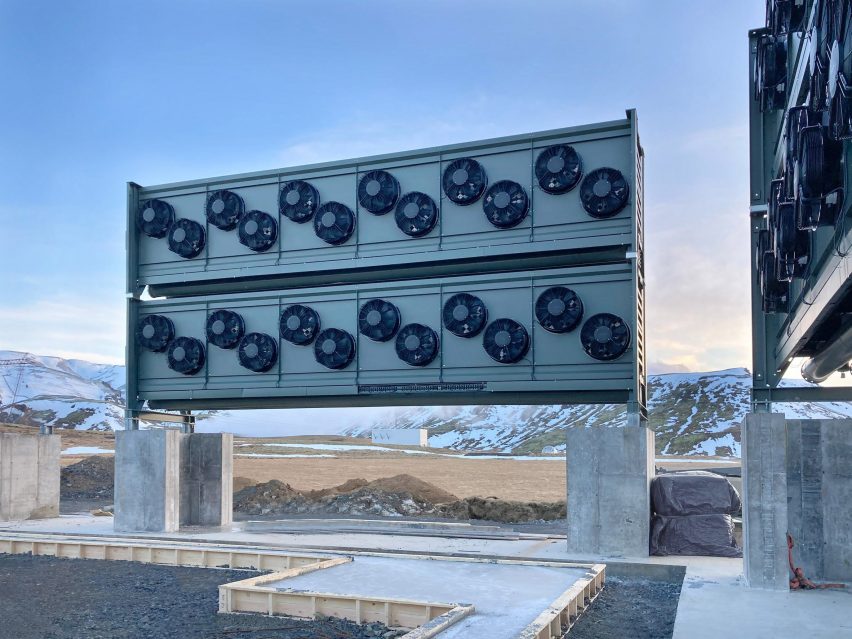
"We're mining the sky because there's too much carbon in it" says Climeworks
Direct air capture company Climeworks makes machines that suck carbon out of the atmosphere so it can be turned into useful products or buried underground.
Find out more about Climeworks' direct air capture devices ›
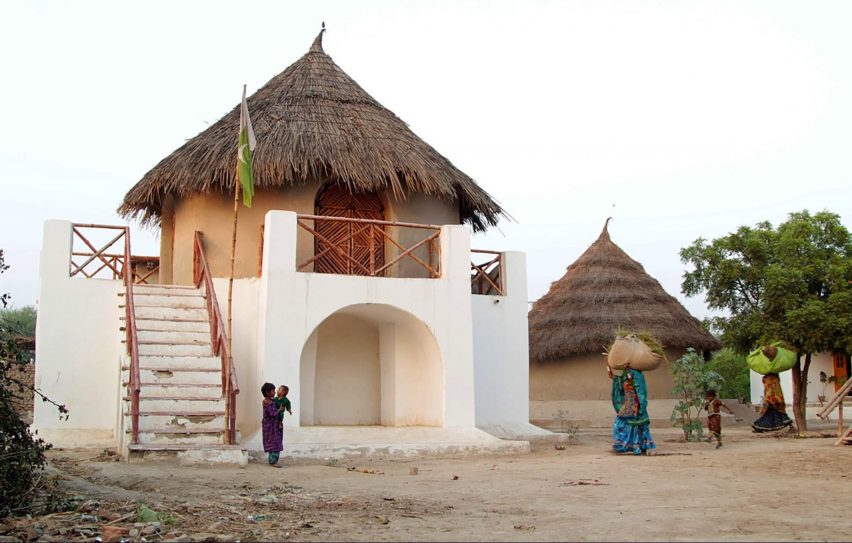
Using "ancient wisdoms and techniques" can lead to carbon-neutral buildings says Yasmeen Lari
Being carbon neutral doesn't have to involve advanced technologies and complex calculations, according to the Pakistani architect. Building with humble natural materials can be even more effective.
Find out more about Yasmeen Lari's ancient building techniques ›

Hemp "more effective than trees" at sequestering carbon says Cambridge researcher
Hemp can capture twice as much carbon per hectare than a forest can, according to Darshil Shah. The problem is that current regulations prevent it from being grown freely in the UK.
Find out more about how hemp can be used to capture carbon ›

Carbon revolution
This article is part of Dezeen's carbon revolution series, which explores how this miracle material could be removed from the atmosphere and put to use on earth. Read all the content at: www.dezeen.com/carbon.
The sky photograph used in the carbon revolution graphic is by Taylor van Riper via Unsplash.